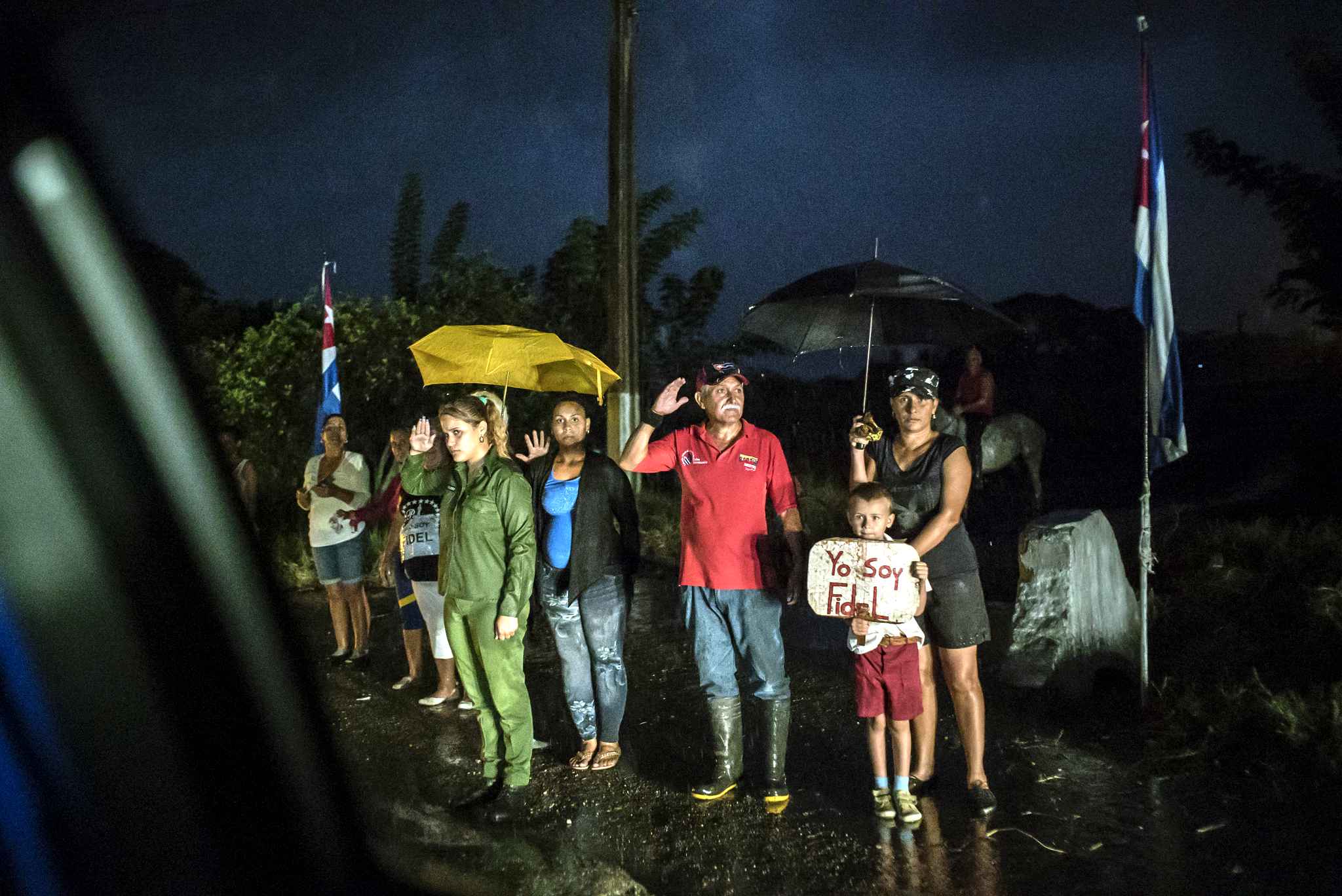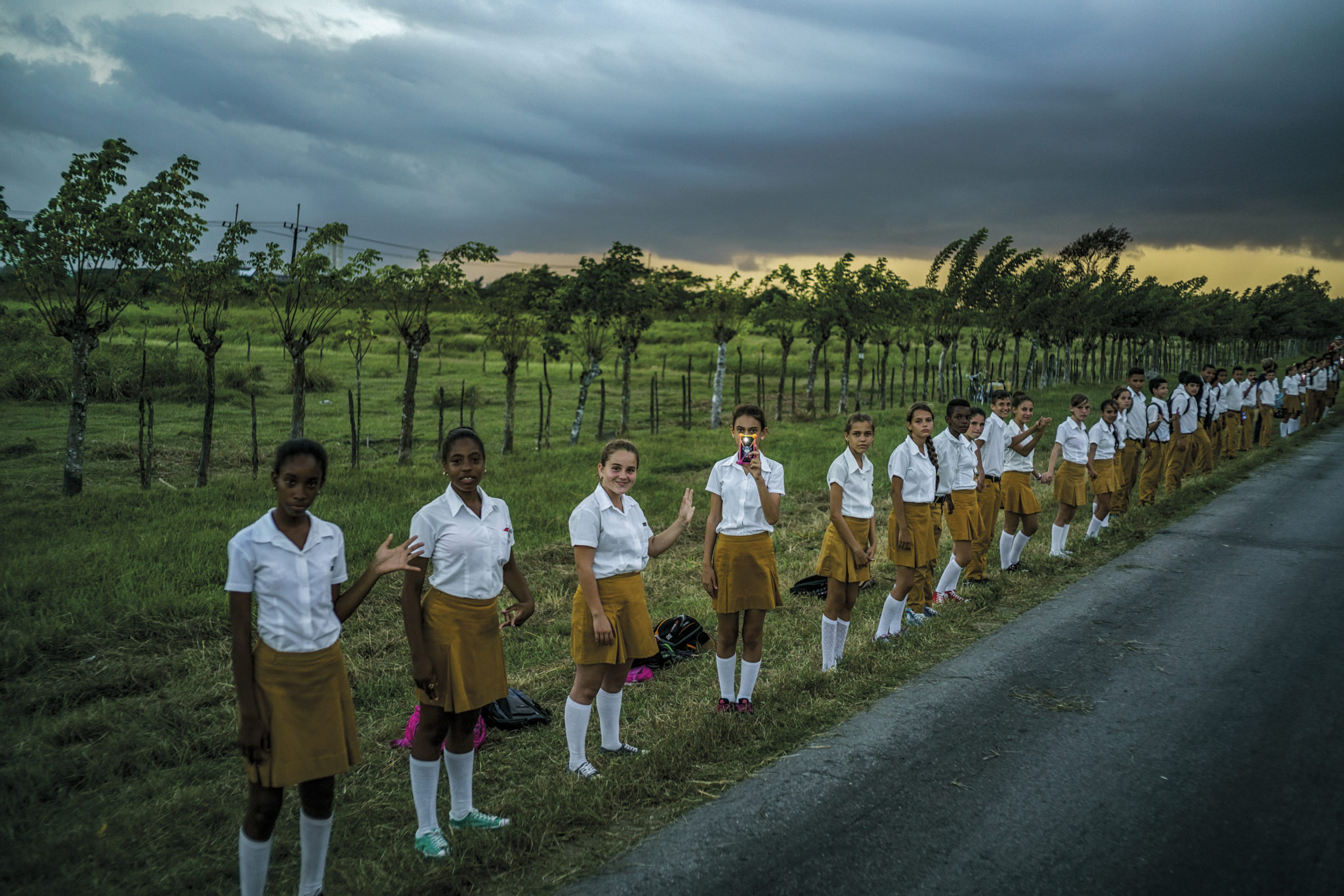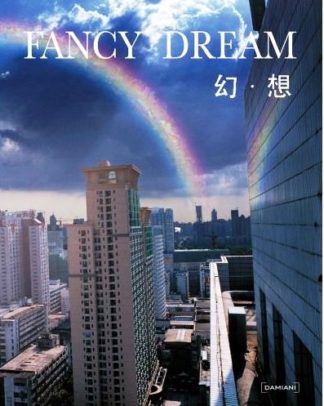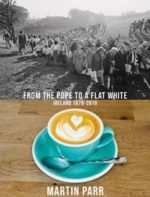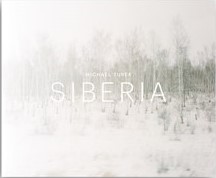‘Yo Soy Fidel’ suit le cortège de Fidel Castro, ancien révolutionnaire et politicien cubain, sur une période de plusieurs jours fin 2016. Michael Christopher Brown s’est penché par la fenêtre de son véhicule avant le cortège afin de photographier des Cubains qui attendaient le long de l’autoroute le convoi militaire de Fidel transportant ses restes incinérés de La Havane à Santiago. Le parcours de Fidel reflète le voyage post-révolution de Santiago à La Havane en 1959, ce qui a contribué à consolider son image de héros et de légende.
Dans ‘Yo Soy Fidel’, des fragments de cette image initiale ont survécu à sa mort, bien qu’ils conduisent inévitablement à une question de ce qui est à venir. Considéré depuis un demi-siècle comme un symbole de dignité et d’espérance dans la lutte contre l’impérialisme, Cuba a le choix : rester fidèle à la voie révolutionnaire de Fidel ou succomber à la mondialisation et à tout ce qu’elle implique ; texte de Martin Parr et Jon Lee Anderson, photos en couleurs.
‘Yo Soy Fidel’ follows the cortège of Fidel Castro, former Cuban revolutionary and politician, over a period of several days in late 2016. Michael Christopher Brown leaned out of a rear passenger window of his passing vehicle in order to photograph Cubans waiting alongside the highway for Fidel’s military convoy carrying his cremated remains from Havana to Santiago to pass. The route mirrored Fidel’s post-revolution journey from Santiago to Havana in 1959, which helped solidify his image as hero and legend.
In ‘Yo Soy Fidel’, fragments of this initial image have survived his death though perhaps inevitably lead to a question of what is to come. A country largely seen for half a century as a symbol of dignity and hope in the fight against imperialism, Cuba has a choice: to stay true to Fidel’s revolutionary path or succumb to globalization and all it entails.


